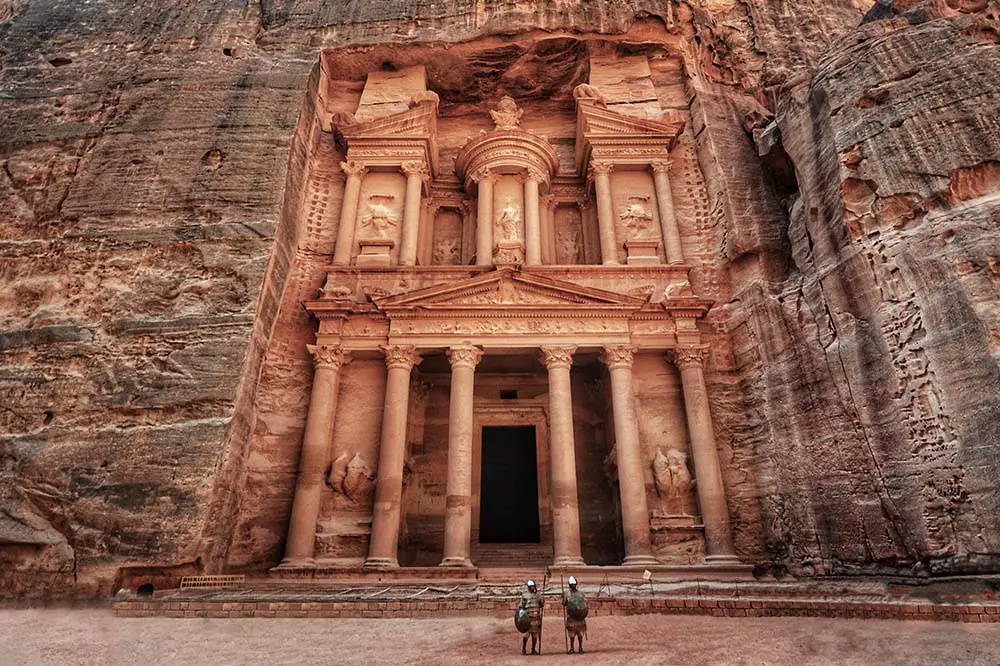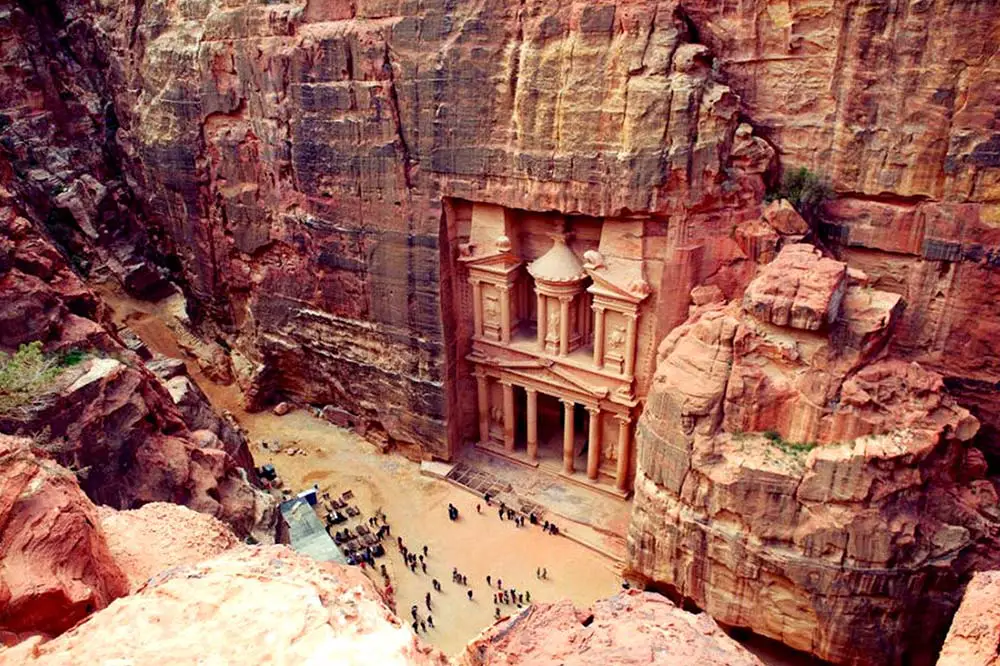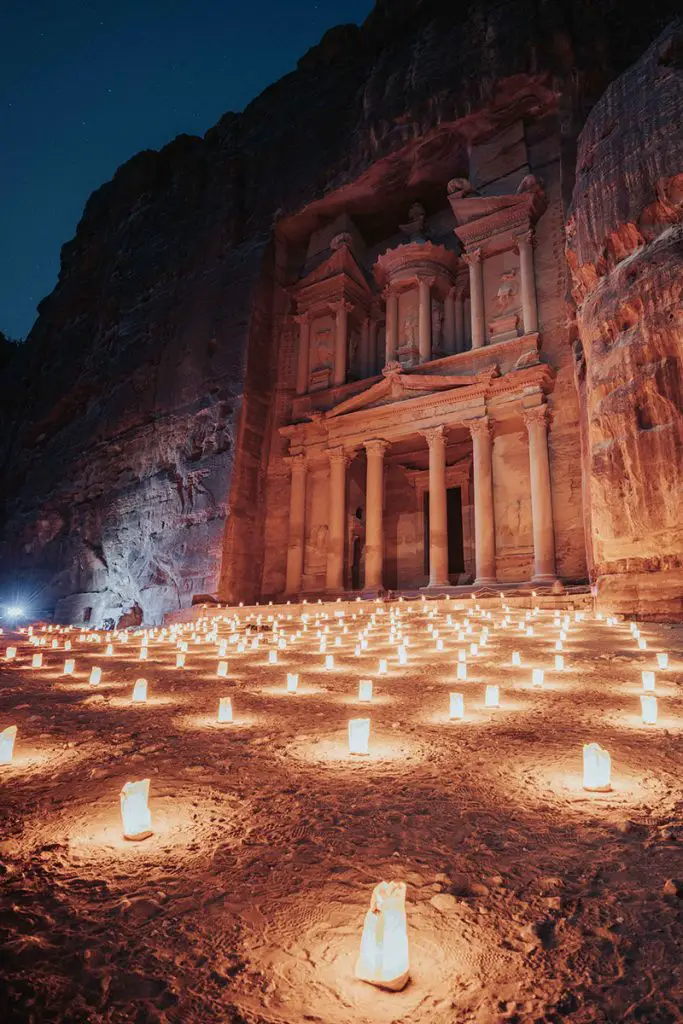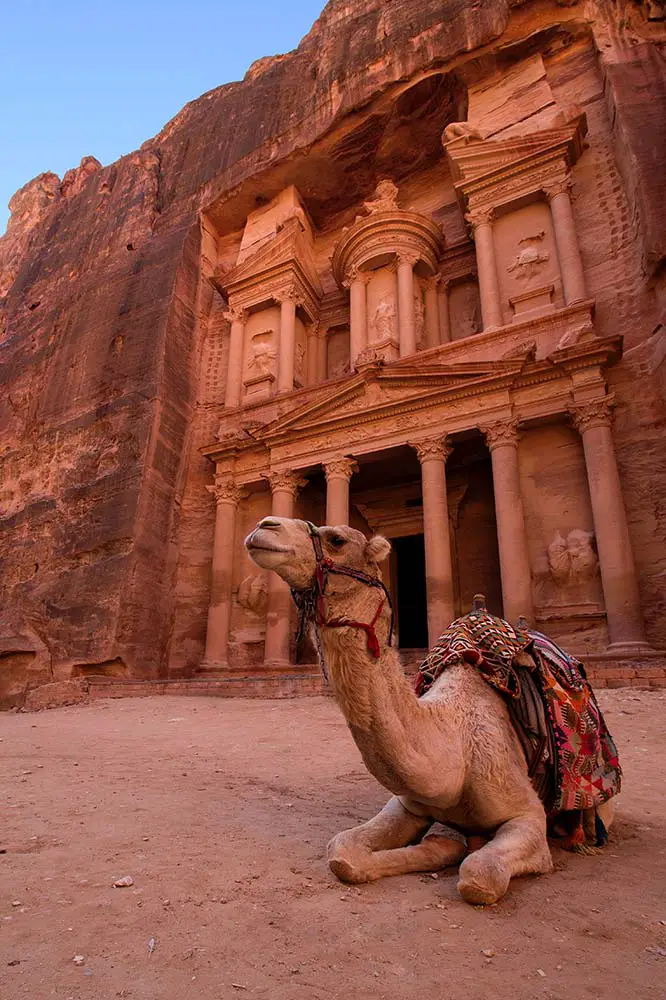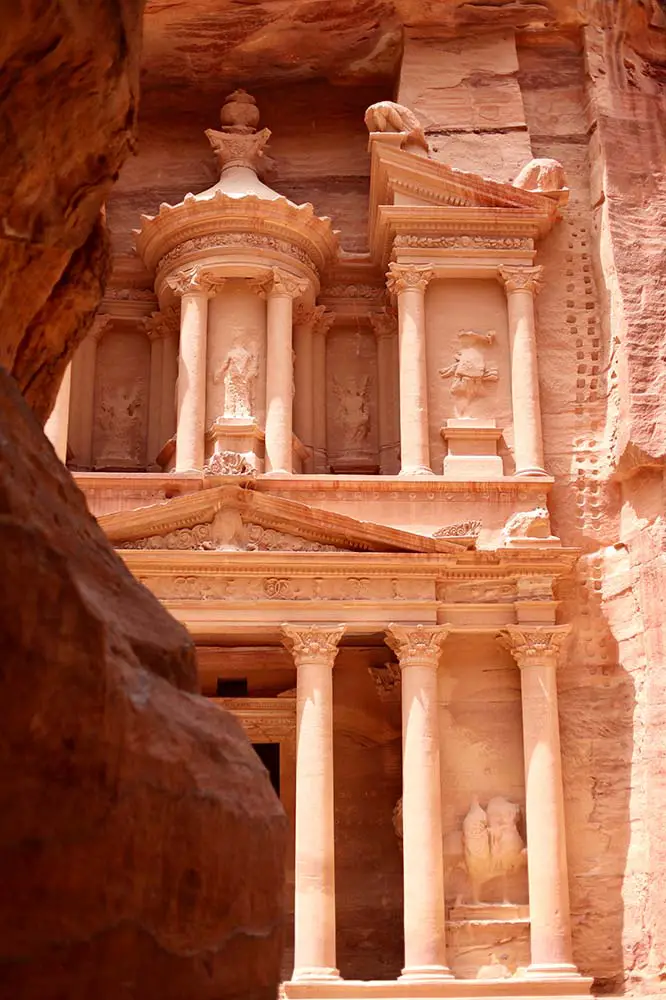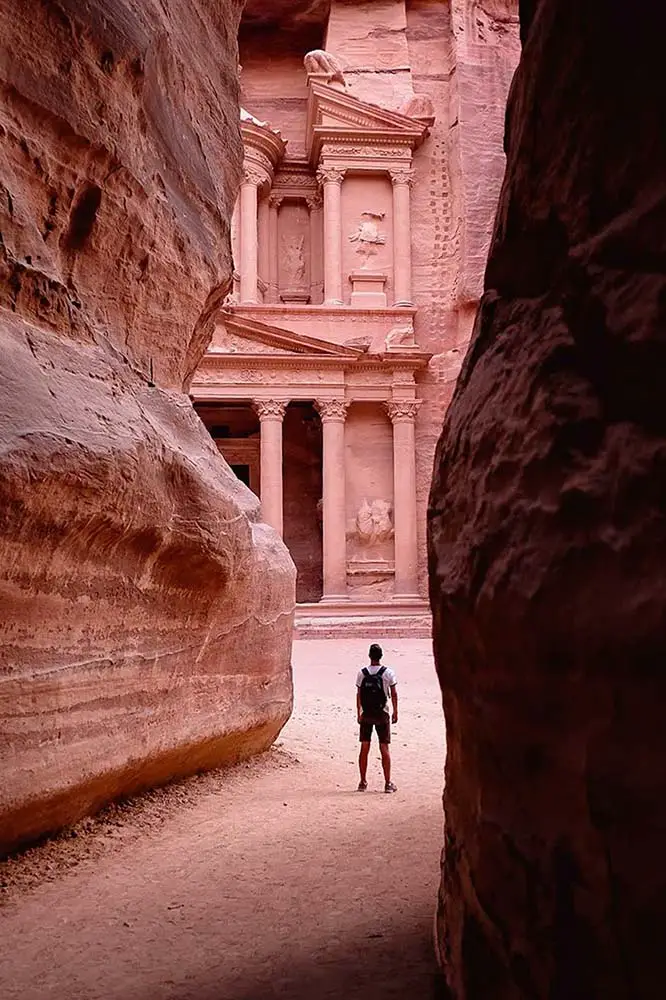Al-Khazneh at Petra | Nabataean Kingdom, 1st Century AD
As Imperial China burgeoned with the expansion of the Han Dynasty, the little known Nabataean Kingdom was established around modern-day Jordan by a group of nomadic Arabs. The kingdom became an important trading centre thanks to its position along the incense trade route, which linked the Mediterranean to the far east.
Left: Brian Kairuz on Unsplash & Right: Snows Cat on Unsplash
Petra was the capital of the Nabataean Kingdom and, thanks to the revenue gained from trading, plays host to some of the most spectacular carved-rock architecture in the world. Al-Khazneh, which means “The Treasury” in Arabic, was built as a mausoleum for Aretas IV, the King of the Nabataeans for a little over 30 years from 9 AD to 40 AD. The sandstone carving stands at around 40m tall and exhibits Corinthian capitals—developed during the final classical order of Greek and Roman architecture. The Nabataean Kingdom was finally annexed in 106 AD by the Romans themselves.
Excuse me! Are you on Pinterest?! Here are a couple of pins! Right: Filippo Cesarini on Unsplash
Gallery
This post is part of an expanded series taken from 37 Wonders of the World in Chronological Order. You can click the link to read more, watch the video or navigate between individual posts beneath the gallery. Enjoy!
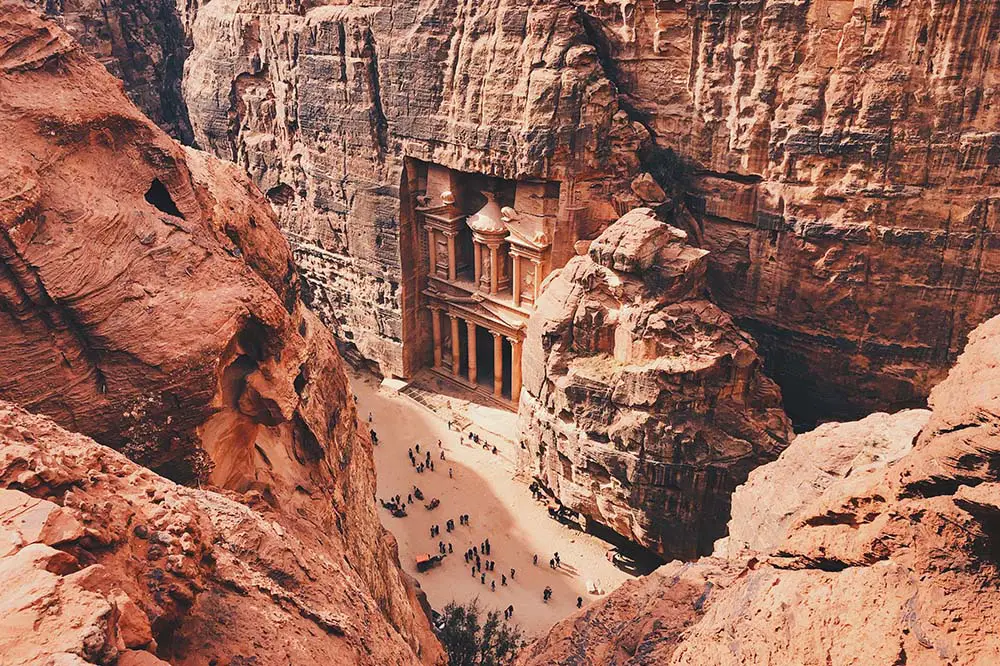
Left: Spencer Davis on Unsplash & Right: Juanma Clemente-Alloza on Unsplash
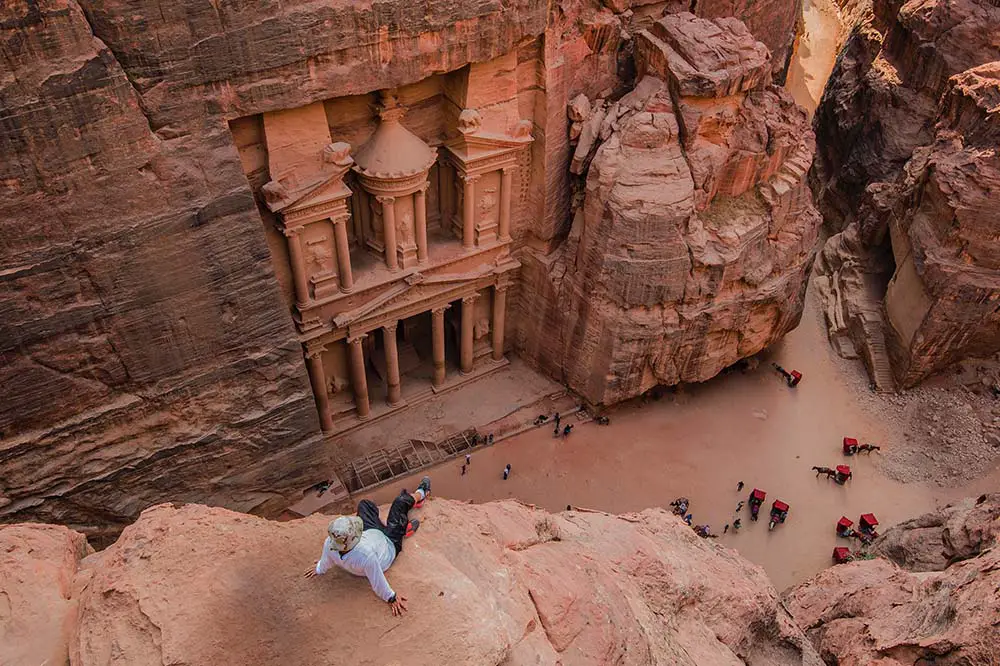

Left: Julien Menichini on Unsplash & Right: Sylvain Gllm on Unsplash

